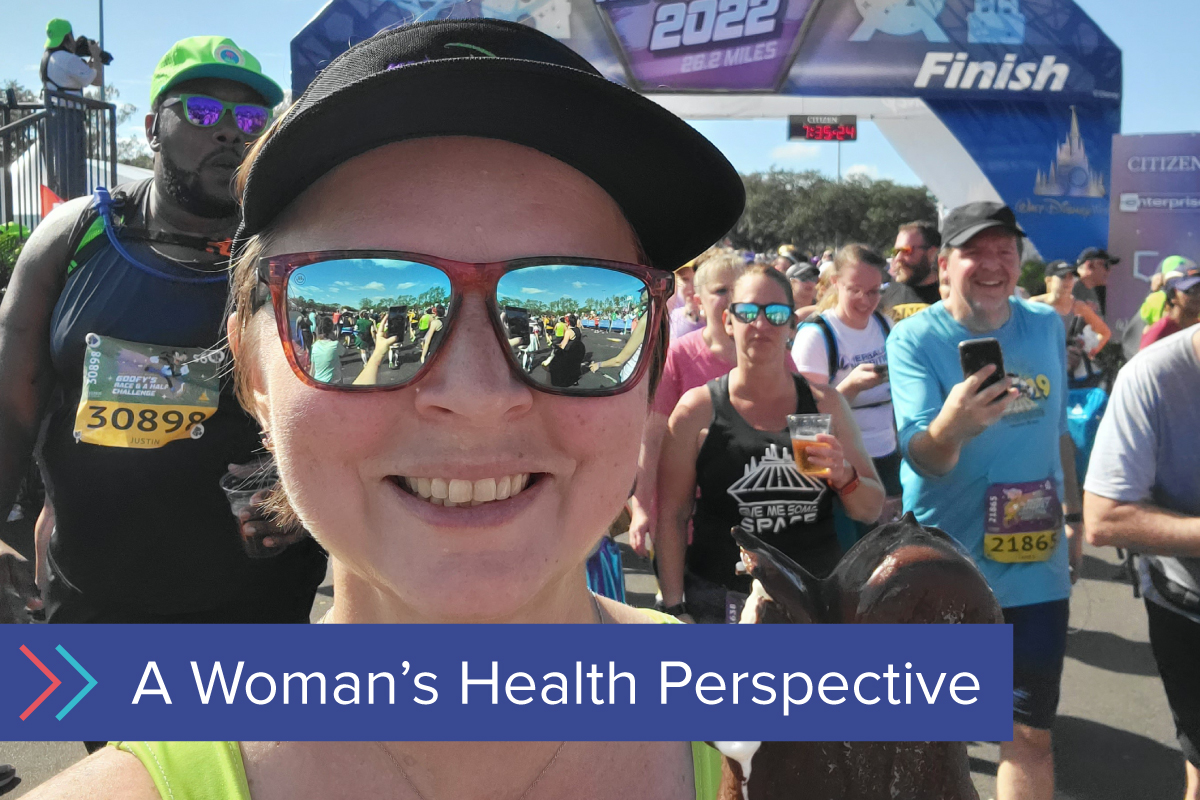Guest blog by Esther Melvin, Patient Advocate.
A few months ago, I received the worst news of my life: I have stage 4 metastatic breast cancer. At age 39, I never expected to hear those words. No one does. But by advocating for myself, I was able to find hope in the form of a treatment option that wasn’t readily available to me initially. When I took the initiative to seek options to address the pain caused by my tumors, I discovered there are other ways I could manage my cancer treatment and live the life I want to live. I want others to know my story so they can be empowered to find medically-proven treatments that let them live the lives they want to.
The Pain of Cancer
The beginning of my story may sound familiar to many women. In August 2021, I felt a lump in my breast. I wasn’t too concerned, but my doctor recommended a mammogram to be safe. The news was not good, and subsequent biopsies and scans revealed that cancer had already spread to my bones, and there was a lesion on my liver. I began hormone blocking therapy right away.
Nothing can prepare a person for a life-altering diagnosis. It is devastating. But it’s not just the diagnosis that is scary – it’s the impact that cancer can have on your daily life. For me, the pain I was experiencing in my shoulder and back from a large bone tumor was excruciating and left me unable to do most day-to-day activities, including my daily run. I’m an avid runner, and it brings me so much joy. In 2019, I had set a goal that by my 40th birthday I would complete the Disney Dopey Challenge – four runs on four consecutive days – a 5K, a 10K, a half marathon, and a full marathon. But, my now constant pain made this goal seem impossible.
My doctor prescribed oxycodone for the pain, but the side effects were almost as bad as the pain. I felt like a zombie. I was depressed and suffering gastrointestinal distress. I knew I didn’t want to live that way, so I took my care into my own hands. When I consulted with other doctors, one mentioned that cryoablation could reduce my pain. While nobody on my care team was able to perform this particular treatment, they supported me in finding a doctor who could. After some research, I found Dr. David Prologo at Emory University Health System, who specialized in this treatment. I was scheduled for cryoablation within a month.
Another Option
Cryoablation is performed by an interventional radiologist, a physician who uses image guidance to treat a variety of diseases within the body. Like most interventional radiology treatments, cryoablation is a non-surgical treatment, requiring only a needle puncture – allowing for fewer complications, lower costs, and shorter recovery time. During the treatment, Dr. Prologo used live CT scan imaging to guide a needle to the tumor in my back and then freeze it. The procedure took about an hour, and I felt better almost immediately. Within 24 hours, I could walk without pain. It was simply life-changing. My amazed husband said I looked and acted like my old self again.
Cryoablation not only helped with my pain, it also allowed me to continue with my regular cancer treatments and to stick with my original oncology team. Dr. Prologo, through interventional radiology treatment, was able to give me something that no one else could – the ability to live my life and do the things I love while I battle this disease.
A week after my treatment, I ran the Dopey Challenge. Though each race was more difficult than the last, what had seemed impossible the week before was within my grasp. When I crossed the finish line of the marathon, tears were streaming down my face. I had my fourth medal of the weekend around my neck and a Mickey Mouse ice cream in my hand. It was one of the greatest feelings of my entire life. Miraculously, the cryoablation had taken away my pain, allowing me to run again. But I felt even more empowered by my resolve to find a solution for myself.
Be Your Own Patient Advocate
If I had just accepted what the doctors prescribed, I would probably still be sitting on my couch, depressed and miserable. But that was not how I wanted to live, so I fought for more. I want people living with cancer to know that there are other medically proven options out there for your pain and your care. Yes, everyone’s situation is different, but don’t let that stop you from exploring what’s possible and fighting for yourself. It’s okay to ask your doctor questions and to seek out other treatment options and medical opinions. I’ll never let cancer stop me from living the life I want to live, and you shouldn’t either.
Watch Esther share her patient story here.
If you’re living with cancer and interested in this treatment or how interventional radiology may be able to help you, visit the Society of Interventional Radiology’s Patient Center for more information.
